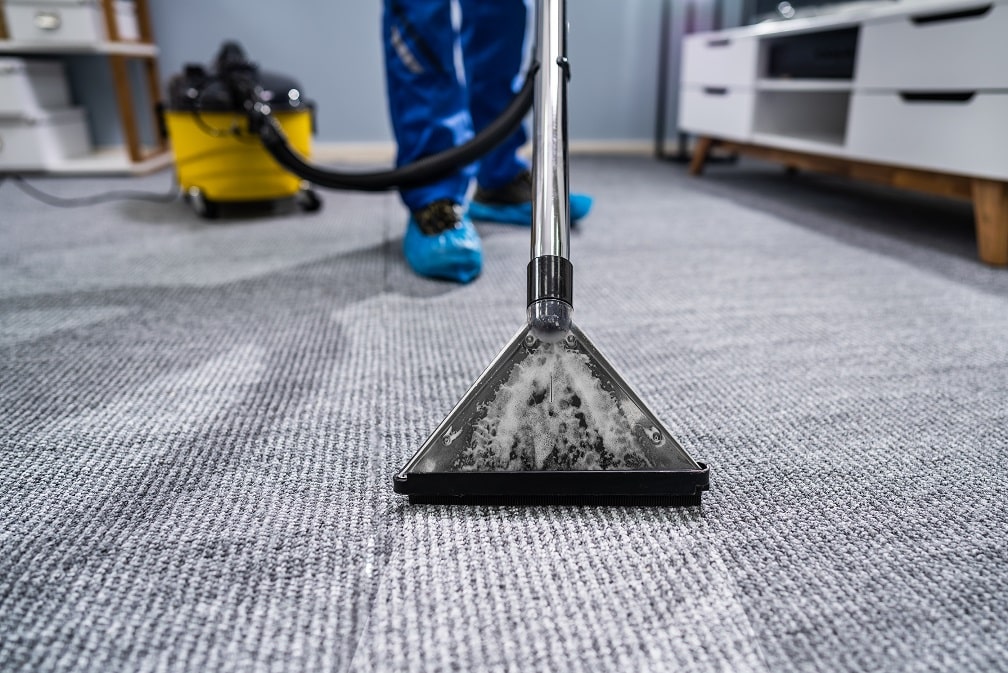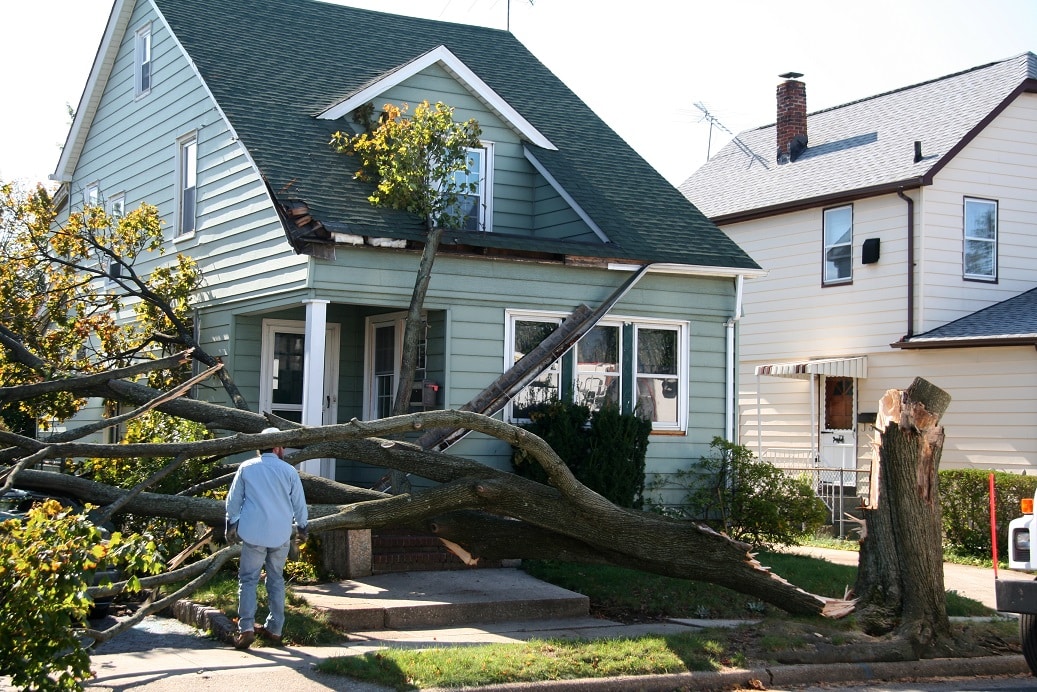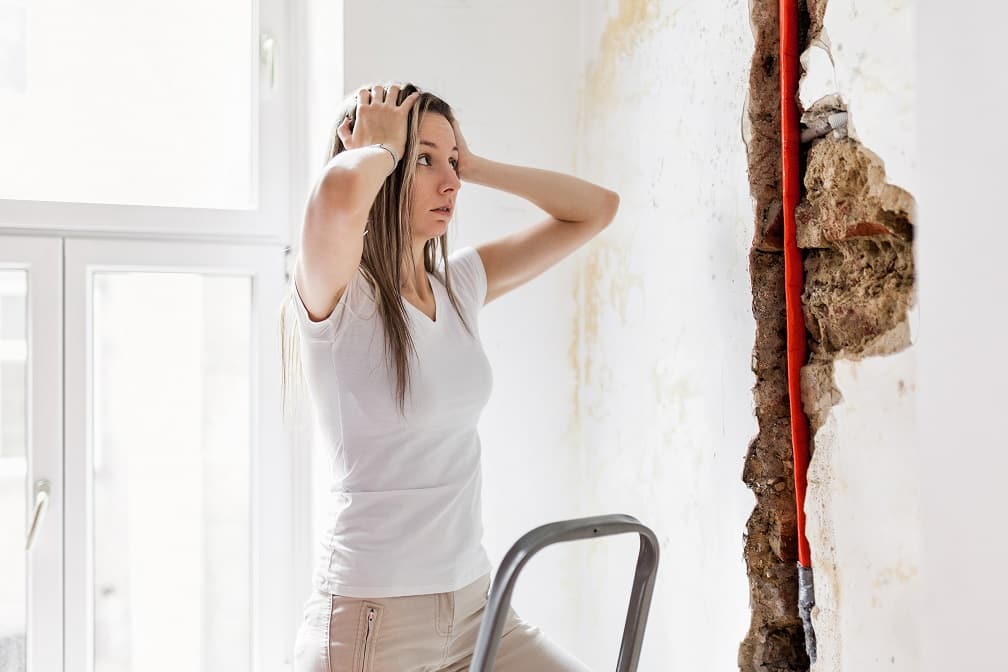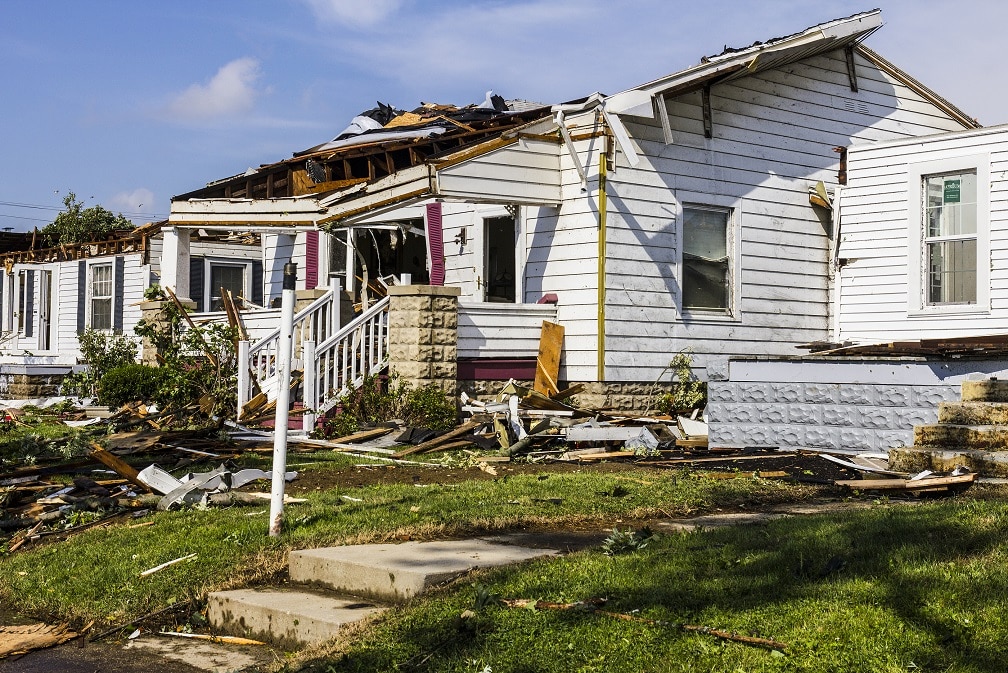Besides turning your life upside down, flooding in the house comes with additional issues such as rooting wood and mold growth in areas where water has settled. Water damage affects the home and infrastructure’s structural stability and can pose serious health risks if water extraction and remediation are not undertaken quickly.
Whether the water is from a natural disaster or plumbing leak, it needs to be removed without delay. The longer the wetness remains in the house, the more problems you can expect. When left untreated, the excessive moisture compromises the structure’s integrity, causes severe material damage, and results in toxin production and long-term mold growth.
From plumbing leaks and sewage backup to natural disasters and flooding, water damage is not only extremely damaging, but one of the most common challenges faced by homeowners. The good news is that you can do something about water damage, and it doesn’t have to become permanent. As a homeowner, you can hire water remediation experts to extract the water. They can repair the water damage and restore your property and belongings.
What is Water Extraction?
When water damage occurs, the first mitigation step is to have all the water removed from the affected spaces as quickly as you can. This stops the water from spreading to other areas and reduces the risk of permanent damage to the structure, hardwood floors, carpets, and furniture.
Water extraction entails removing all standing water and moisture from the building. The action of removing the flooded water not only averts severe structural damage but helps in speeding up the drying process. That minimizes the risk of secondary water damage and mold growth.
Water extraction is dependent on vacuums and pumps to remove the standing water. For smaller items, squeezing can help get rid of the excess water. The water damage level determines the most appropriate methods to use when extracting water. Drywall and house carpet absorb water or quickly develop extensive mold growth and may even need to be replaced.
Techniques of Water Removal
Black and grey water leave behind various toxins, chemicals, bacteria, and other types of contaminants that must be cleared. The use of professional cleaning tools, techniques, and supplies helps eliminate the remnants of water damage.
You can use vacuums to remove excess flood water from carpets, hardwood floors, and porous surfaces. Vacuums work by placing a cleaning solution on the affected surfaces (to disinfect) and then vacuuming up the moisture.
Pumps can also be effective at removing water. They pump up the water and then take it outside through an opening in your structure or via a drain. If the water levels are high, you may consider using a submersible pump that continuously pumps out the water.
Efficient water removal also entails extracting water from other wet surfaces that don’t necessarily have standing water. These cover any water trapped in cracks and grooves of the surface. Water remediation professionals use several diagnostic tools and equipment such as moisture meters to estimate dampness levels, air movers, air scrubbers, and industrial dehumidifiers to dry your property.
What is Water Remediation?
Unfortunately, water damage doesn’t stop when you eliminate the source of the water. Water that has already made its way into the structure can potentially continue creating further damage by encroachment into new areas, rot, and mildew. Besides, undamaged house materials can absorb water content from the overly humid air; this creates further problems and can become a mildew and mold source. And worse, once mildew and mold take root, they very difficult and costly to eliminate.
While water mitigation prevents further water damage, the process of water remediation involves cleaning, sanitizing, and materials restoration following water damage. Water remediation remediates the damage from water damage. Water remediation includes water cleanup, water removal, drying items, and then moving them back.
The General Process of Water Extraction and Remediation
The process of water cleanup and restoration is not only complicated but involves several steps. The key ones are extraction, mitigation, damage repair, and mold mitigation, among others.
1. Water Removal
The first logical step in water extraction is to get rid of the dirty and contaminated water from all the affected areas as that prevents it from spreading to unaffected rooms and causing further damage.
2. Drying
The next step is drying. House materials must be thoroughly dried if they are to be restored to their condition before the water came in. Drying involves using air movers and dehumidifiers. Drying machines can be used for smaller items. It may take several days or a few weeks to achieve complete dryness, depending on the type of water damage or water event. Proper drying of the affected spaces and materials is of paramount importance before you begin the repairs.
3. Sanitizing
The process entails sanitizing the area. Disinfectants and antimicrobial treatments remove harmful bacteria from materials and surfaces. Your personal belongings must also be sanitized. Sanitizing helps in preventing mold growth and the potential spread of disease-causing germs. Specialty items may require unique cleaning processes. Professionals may employ air scrubbers to clean and sanitize the environment.
4. Restoration
The final step is repairing and restoring damaged property. Excessive water can damage or warp walls, ceilings, and floors. All the affected areas need to be repaired, restored, or replaced. The role of the remediation team is to restore your items to their pre-water damage condition. The process for restoration in remediation will vary according to the level of damage and the item.
Rugs, carpets, and carpet pads are often the first items affected by water because they are low and highly water-absorbent. Usually, these items may require to be cleaned, stretched, dyed, or replaced. If you own specialty items such as rugs, they will need to undergo a different process from your oak tables or electronics.
Conclusion
Even the smallest amount of water damage puts your home at risk of mold growth. A significant amount of water damage may even threaten the integrity of a building. Acting quickly to extract the water and initiate remediation is crucial to prevent permanent loss, especially if the flooding is in a basement or other highly trafficked area.




